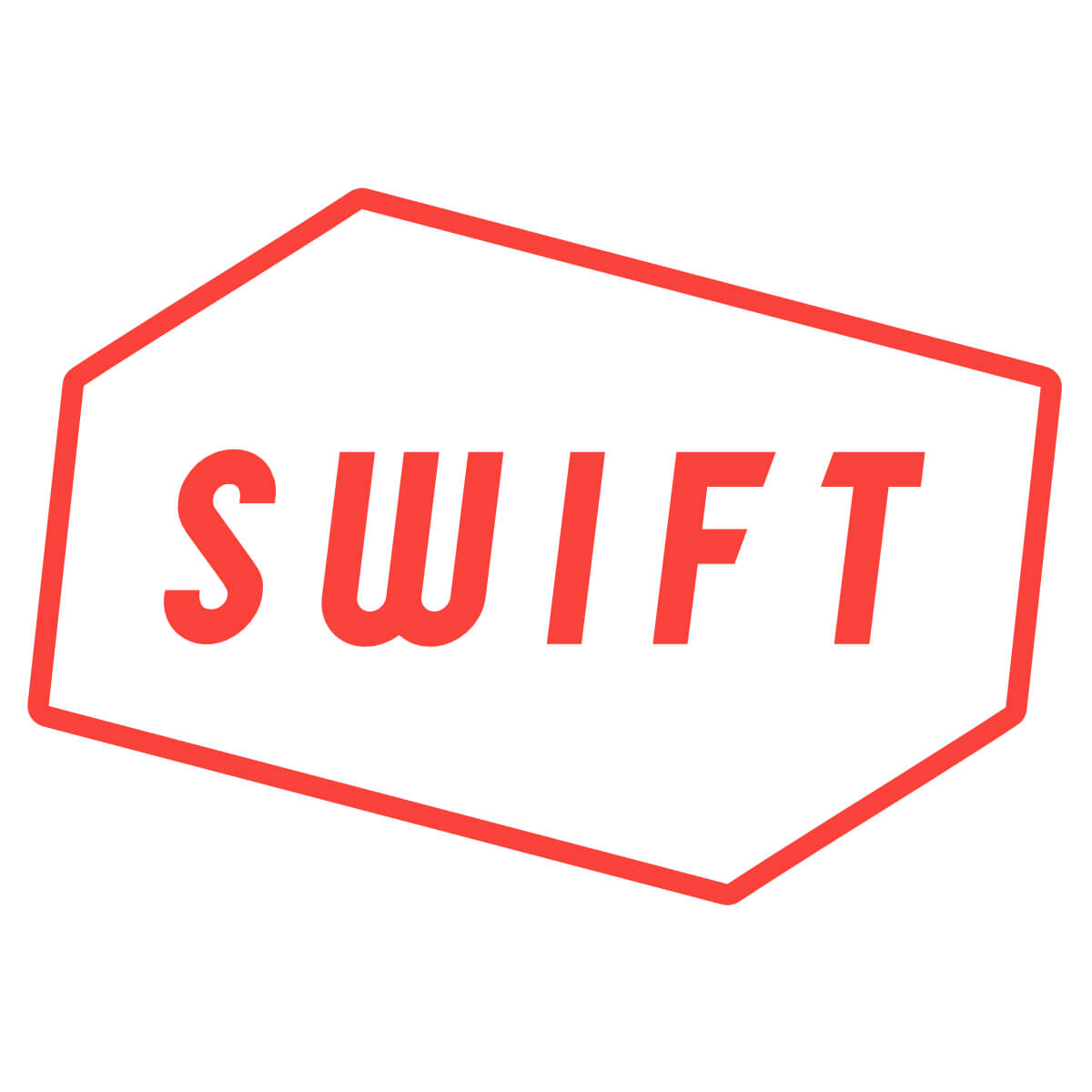-
Hand Speed (max)
Rankings available to Premium Subscriber
Rankings available to Premium Subscriber







To unlock contact information, you need to purchase a ScoutPLUS subscription.
Purchase Subscription
Crozier was one of our winners in Etobicoke and one of many strong 2027s in the building. Posting a peak EV of 94.6mph (86.3 avg.) and peak distance of 350ft, Wes showed off the development since the last time we had eyes on him in September. Also posted one of the stronger Hard Hit %’s on the day at 37%. The hands work well in creating momentum from a tall set in a swing that’s come a long way since Crozier broke onto the prep circuit, but look for more explosive gains as he continues to lock in the mechanics long-term. The 6-foot-2, 190-pound infielder also carries two-way upside and we’re eager to see how much further the Barrie standout can progress this offseason.
Crozier is an intriguing two-way talent in Barrie’s 2027 class and posted some of the top metrics on both sides of the ball. 6-foot-2, 180-pounds with filling out come and the left-handed hitter had the top distance at 329ft, while his 89.9mph exit velocity was third-best. On the mound, the fastball sat 78-80mph along with a curveball at 64-66mph. A 2027 who has potential either as an arm, or as a bat on the positional side.